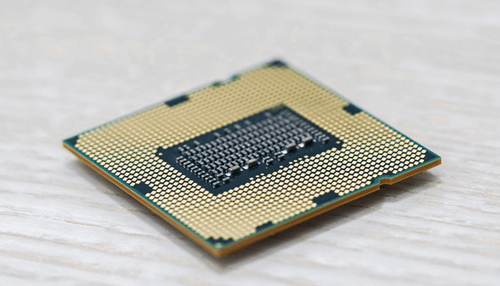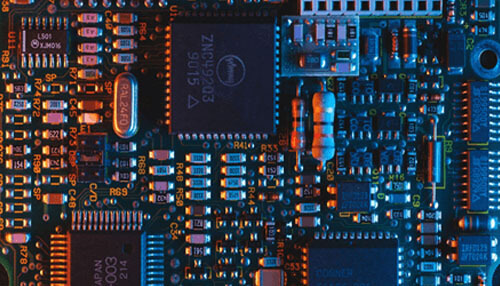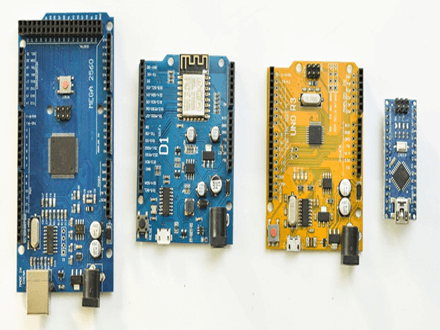In the beginning, the invention of CPU technology was a way to control mechanical devices. Today, CPUs within smartphones and computers are an integral part of our lives.
We need them to perform various tasks, from simple ones such as opening up a document or restarting a computer to harder ones such as the ability to play most games and even perform complex mathematical equations. As a result, we rely on CPUs.
However, due to their incredible advancement in recent years, CPUs cannot keep up with the demand for more power and higher speed required by today’s applications.
Not keeping up can be attributed mainly to heat management issues – emitting too much heat would cause the device to become too hot and potentially destroy itself if it reaches levels where components begin breaking down.
Three types of semiconductors
There are three types of semiconductors: N-type, P-type, and S-type semiconductors. Each of these materials has a different ability to conduct electricity. Each material has a set point called ‘band gap’ where it will not allow the flow of electrons, except in certain circumstances when an electric field is applied.
We can’t address the plateau question without explaining Moore’s Law.
Moore’s Law
Moore’s Law states that computational power will double every two years while costs halve, i.e., P = C / 2T. The doubling can be attributed to smaller components used in semiconductors because it takes less time for electrons to travel around them, which means they can do their job more quickly than before.
These improved computational speeds help drive technological advancements such as cloud computing or even streaming media services that accommodate demands because there is so much more power within our machines now.
The sum above shows how processing power has increased exponentially over the years due to Moore’s Law. The sum shows the number of calculations per second completed by a processor for each year starting from 1971.
As can be seen in the sum, there is exponential growth in the advancement of CPUs as time goes on, where processors can complete much more work than they could previously.
Exponential growth expected
From 2013 until 2020, there will be exponential growth in computing speeds. The prediction is that average rates may go up 50 times more than the speed they could achieve in 2013. By 2020, it is anticipated that computers will be able to complete one quintillion (1,000,000,000,000,000) operations each second.
These numbers show how quickly advancements can occur within our technology and highlight how powerful CPUs have become over time and their potential for improvement going forward into the future.
Transistors on a chip
From the discovery of the integrated circuit (or microchip) up to 2011, the number of transistors on a chip has increased by about 50% every two years (see Moore’s Law explained).
This trend shows no sign of decreasing; in fact, it is speeding up, with ever more significant numbers of smaller transistors crammed onto microchips.
As for the future, many believe that Moore’s Law will reach a limit as smaller and smaller transistors are required to fit more onto a single chip. Researchers have invested billions of dollars into development towards finding ways of overcoming this barrier and continue making faster and faster CPUs.
However, it is still uncertain whether we will ever reach the point where we can fit billions of transistors into one microchip or if our current technology has reached its theoretical maximum speed.
CPU tech advancement
Those reading this article should note that CPUs were originally only in computers; however, now they exist in smartphone devices (such as iPhones) containing ARM-based chips.
As such, these modern smartphones are extremely powerful – they contain a microprocessor and various supporting circuitry and hardware that can operate independently to perform their tasks. For example, the motion sensor inside the iPhone is one such circuit that runs purely on its own without any interference from the main CPU.
The future of CPUs is uncertain; we may never reach the limits of computing power, at least in our lifetime. However, there are problems with the materials needed to manufacture CPUs because many are being made and sold each year. As such, this may mean that we’ll have to wait for an alternative solution (such as quantum computing) before we can continue developing faster and faster CPUs.
CPU technology vs. quantum computing
Quantum computing has been a very promising area of study and research since the 1980s. But it’s only recently that we’ve seen enough advancement in this field to be able to consider it as an actual possibility for widespread use.
Researchers announced the first working prototype of a functional quantum computer at Google in 2016. Quantum computers work very differently from traditional computers. In contrast, modern CPUs rely on transistors, representing zeros and ones through their state of being either ‘on’ or ‘off.’ Quantum bits can exist in multiple states through so-called superposition, meaning they can be both ‘on’ and ‘off’ simultaneously.
Simultaneous on/off enables the use of qubits capable of transmitting more information than bits since they can exist in two states at once, rather than just one.
The problem with quantum computers is that this superposition state only lasts for a short time before it starts to collapse due to natural disturbances in its environment. Meaning not only do you need freezing temperatures to keep the system stable enough for calculations but there’s also the complex issue of decoherence that needs to be overcome before these systems can function correctly.
Quantum computing would have significant advantages over traditional CPUs. It could solve complex problems much faster; however, we’re yet to see how viable it will be outside of research laboratories. Although there have been significant advances in this field, it’s still a long way from being used on a large scale.
Conclusion
We think that CPU technology has not yet reached its peak, and we believe it is because today, CPUs are primarily used in computing. Therefore the demand for faster and higher performing CPUs will always exist.
As such, we believe that CPU technology will continue to advance into the future. Whether this means we’ll be able to fit more transistors onto one chip or find new materials to increase transistor speed remains uncertain. However, there seems little doubt that at some point, experts must do something if we want continued advancements in CPU technology and performance.




